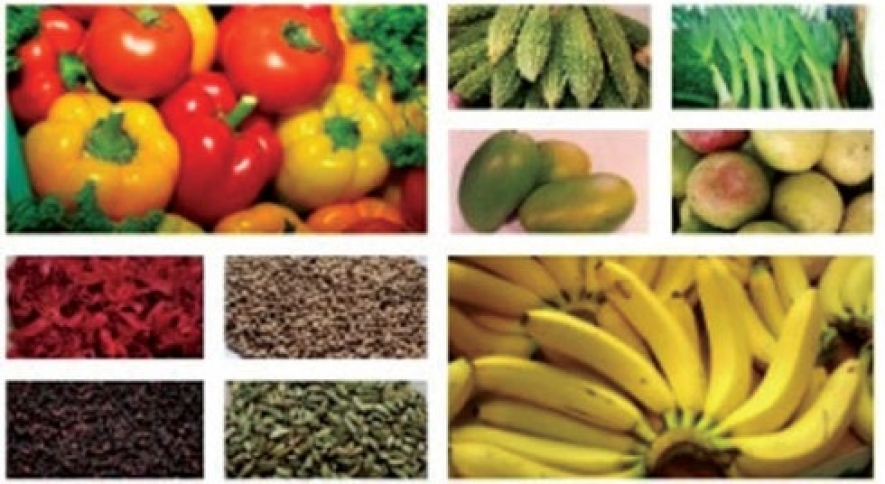Reflecting the increase recorded in almost all sub categories, earnings from machinery and mechanical appliances increased substantially in July 2018. In addition, earnings from food, beverages and tobacco, gems, diamonds and jewellery, chemical products, base metals and articles and animal fodder increased in July 2018 contributing towards increasing industrial exports. However, export earnings from textiles and garments declined marginally in July 2018 due to the decline in demand from the USA and non-traditional markets such as Canada, UAE and Australia and the base effect which reflected significantly high export earnings in July 2017.
The deficit in the trade account continued to expand in July 2018 in comparison to July 2017 due to higher growth in imports. On a cumulative basis, the deficit in the trade account widened considerably during the first seven months of 2018 in comparison to the corresponding period of 2017.Expenditure on merchandise imports increased by 10.3 per cent (year-on-year) to US dollars 1,754 million in July 2018.
The increased expenditure in all major import categories, on a year-on-year basis, as well as the effect of the low base in 2017, contributed to this growth. Under intermediate goods, expenditure on fuel imports increased significantly during the month owing to higher import prices of crude oil and refined petroleum products. Expenditure on textiles and textile articles imports increased in July 2018 due to higher expenses on yarn and fabric imports. Meanwhile, import expenditure on base metals increased during the month led by the high expenditure incurred on iron and steel imports. Tourist arrivals increased moderately by 6 per cent with 217,829 tourist arrivals in July 2018 despite July being the traditional off season period for tourists during the year. Total tourist arrivals during the first seven months of 2018 were 1,382,476 with a growth of 13.7 per cent in comparison to the corresponding period of 2017.
Earnings from tourism in July 2018 are estimated at US dollars 404 million, with cumulative earnings amounting to US dollars 2,564 million during the first seven months of 2018. Growth in tourist arrivals from India, United Kingdom, Netherlands, Australia and the United States contributed to the higher number of tourists during the period.
Meanwhile, workers’ remittances recorded a moderate decline of 1.6 per cent, year on year, to US dollars 619 million in July 2018. Consequently, on a cumulative basis, up to July 2018 workers’ remittances grew by 0.5 per cent (year-on-year) to US dollars 4,243 million. Foreign investments in the CSE, including both primary and secondary market foreign exchange flows, recorded a net outflow of US dollars 3 million during July 2018. Consequently, cumulative net inflows to the CSE in the first seven months of 2018 amounted to US dollars 50 million, with a net outflow of US dollars 16 million from the secondary market and an inflow of US dollars 66 million to the primary market during the period.
Recent developments in the global financial markets, particularly the strengthening of the US economy which prompted an increase in policy rates of the Federal Reserve Bank resulted in outflows of foreign investments from capital markets in emerging economies. This impact was also felt in Sri Lanka, leading to continuous foreign investment outflows from the government securities market particularly in the third quarter of 2018. Consequently, foreign investments in the government securities market recorded a net outflow of US dollars 53 million in July 2018, resulting in a cumulative net outflow of US dollars 229 million during the first seven months of 2018.
At end July 2018, gross official reserves were estimated at US dollars 8.4 billion, equivalent to 4.5 months of imports. Consequently, total foreign assets, which consist of gross official reserves and foreign assets of the banking sector, were estimated at US dollars 10.8 billion as at end July 2018, which was equivalent to 5.8 months of imports.
The Sri Lankan rupee depreciated by 10.2 per cent against the US dollar in the year up to 08 October 2018. Furthermore, reflecting cross currency movements, the Sri Lankan rupee depreciated against other major currencies except for the Indian rupee during this period. The weakening of the Sri Lankan rupee against the US dollar mostly reflects a broad based strengthening of the US dollar globally




















